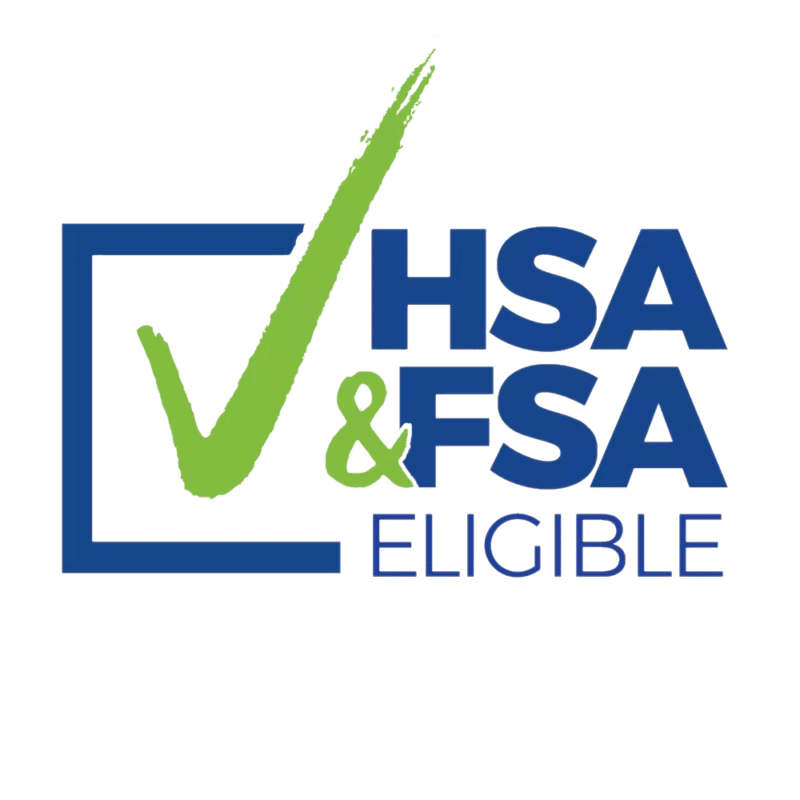Uncategorized
School AED Compliance: What Every U.S. Educator Must Know
Automated External Defibrillators (AEDs) are life-saving devices that can mean the difference between life and death during sudden cardiac arrest (SCA). In the United States, approximately 7,000 children experience sudden cardiac arrest each year, and many of these events occur at school. While cardiopulmonary resuscitation (CPR) is essential, defibrillation within the first few minutes significantly increases the chance of survival. Given the high-traffic nature of schools, combined with the presence of students, staff, and visitors, having an AED readily available is not just a precaution—it’s a necessity. Schools play a critical role in creating a safe environment, and being prepared for medical emergencies must be part of that responsibility.
What Federal Law Says About AEDs in Schools
At the federal level, there is currently no law that mandates AEDs in schools across the United States. However, there are overarching guidelines and incentive-based programs offered by federal agencies like the Department of Education and the American Heart Association. These guidelines strongly encourage the placement of AEDs in schools and provide recommendations for staff training and emergency preparedness. Additionally, funding is occasionally made available through federal grants for the purchase and implementation of AEDs in educational settings. While federal legislation provides a framework, enforcement is left to the states, resulting in a patchwork of requirements nationwide.
State-Level AED Requirements Vary Significantly
In the absence of a federal mandate, each U.S. state sets its own AED requirements for educational institutions. Some states, such as New York, New Jersey, and California, have comprehensive AED laws that require public schools—and in some cases, private schools—to install AED devices and train staff members in their use. These states often specify the number of AEDs required based on student population or campus size, and they mandate the presence of trained responders at athletic events and other high-risk activities. In contrast, other states only recommend AEDs or require them in limited scenarios, such as for athletic programs or specific types of schools. This inconsistency can create confusion for school administrators, especially those overseeing districts that span multiple jurisdictions.
Who Is Responsible for Compliance?
School administrators, superintendents, and school board members are typically the individuals responsible for ensuring that AED requirements are met. However, compliance often involves coordination with school nurses, athletic directors, facilities managers, and legal counsel. Ensuring compliance means more than just installing the devices—it includes developing emergency response plans, maintaining the AEDs, conducting regular drills, and ensuring staff are trained to use them effectively. Schools may be held liable in the event of a cardiac emergency if an AED is not available or if proper procedures are not followed, making it critical for leadership to understand and follow all applicable laws and regulations.
Training and Maintenance Are Just as Important as Installation
Having an AED on campus is only part of the solution. Staff members must be trained to use the device correctly in an emergency. Most state laws that mandate AEDs also require staff training, often aligning with CPR certification programs. Some laws specify how many staff members must be trained, and how often recertification is needed. Maintenance is equally important; AEDs must be checked regularly to ensure the batteries are charged, pads are not expired, and the unit is functioning properly. Many manufacturers recommend monthly checks, and school policies should reflect these best practices. Schools that fail to maintain their devices may face liability if an AED fails during an emergency due to neglect.
Legal Protections and Good Samaritan Laws
One of the major concerns among school staff and administrators is the legal liability associated with using an AED. Fortunately, all 50 states have some form of Good Samaritan laws that protect individuals and organizations from liability when an AED is used in a good-faith effort to save a life. These laws vary by state, but they generally protect trained and untrained responders alike, as long as gross negligence is not involved. Additionally, some states extend these protections to school districts and their employees, provided they comply with certain AED-related regulations. Understanding these legal protections can ease the concerns of those hesitant to act in an emergency, making education around these laws an essential part of school training programs.
Sports Programs and AED Requirements
Sudden cardiac arrest is a leading cause of death among young athletes. As a result, many states have laws specifically targeting athletic programs. These laws may require that AEDs be present at all sporting events and practices, that coaches receive CPR and AED training, and that emergency action plans be in place. Some states go further, requiring student-athletes to undergo heart screenings or complete medical history forms that identify risk factors for SCA. Schools with active athletic programs must be especially vigilant about compliance, as the risk of cardiac events increases with strenuous physical activity. Having AEDs readily available and staff prepared to use them is a vital part of athlete safety.
Funding and Financial Support for AED Implementation
One of the most common barriers to AED implementation is funding. AEDs can cost between $1,000 and $2,500 per unit, and that does not include training, maintenance, or replacement pads and batteries. Fortunately, there are several avenues for financial support. Some states offer grants specifically for school safety and health initiatives, including AED purchases. Nonprofit organizations, such as the American Red Cross and the Sudden Cardiac Arrest Foundation, also provide funding opportunities. In addition, local businesses and parent-teacher organizations often fundraise for AEDs in their schools. Understanding these options can make it easier for school leaders to overcome financial hurdles and bring AEDs to their campuses.
Emergency Preparedness Plans Must Include AED Protocols
AED compliance is most effective when it’s part of a broader emergency preparedness plan. Schools are required to have comprehensive safety procedures for events like fires, lockdowns, and natural disasters—but medical emergencies like cardiac arrest are often overlooked. An effective plan should identify where AEDs are located, who is trained to use them, how emergency communication will be handled, and what follow-up procedures are required. Drills should include simulated medical emergencies so staff can practice AED usage under realistic conditions. These plans should be reviewed and updated annually to reflect changes in staff, school layout, or applicable laws.
Moving Toward a National Standard
As awareness of sudden cardiac arrest in schools continues to grow, advocacy groups are pushing for a national standard requiring AEDs in all schools, much like fire extinguishers or smoke alarms. While this has not yet materialized in the form of federal law, momentum is building. Proposed legislation, such as the Cardiac Arrest Survival Act and the SAFE PLAY Act, has aimed to bring consistency and federal support to AED deployment in schools. Until a national mandate is enacted, it falls to individual states and school districts to lead the way in adopting best practices. Schools that act proactively not only protect their students and staff but also set a powerful example for other institutions.
Conclusion: AED Compliance is a Life-Saving Responsibility
Ensuring that your school is AED compliant is more than just following the law—it’s about saving lives. With thousands of young people and educators walking through school doors every day, the risk of cardiac emergencies is real. By understanding the federal and state requirements, ensuring proper training and maintenance, and developing robust emergency plans, educational institutions can create safer environments for all. Whether driven by legal obligation, ethical responsibility, or a desire to protect the school community, AED compliance should be a priority for every school in the United States. The question is not whether your school should have an AED—but whether your school is truly prepared to use one when it counts.






